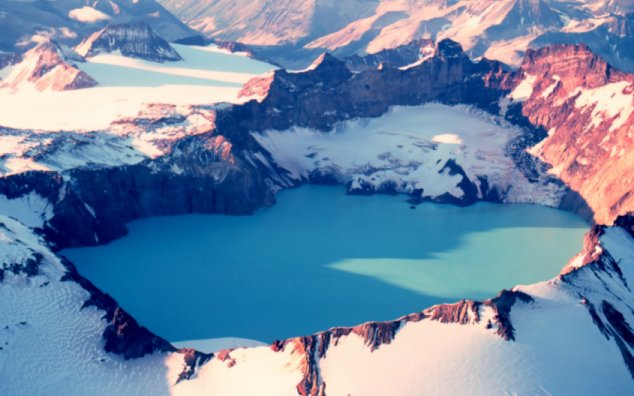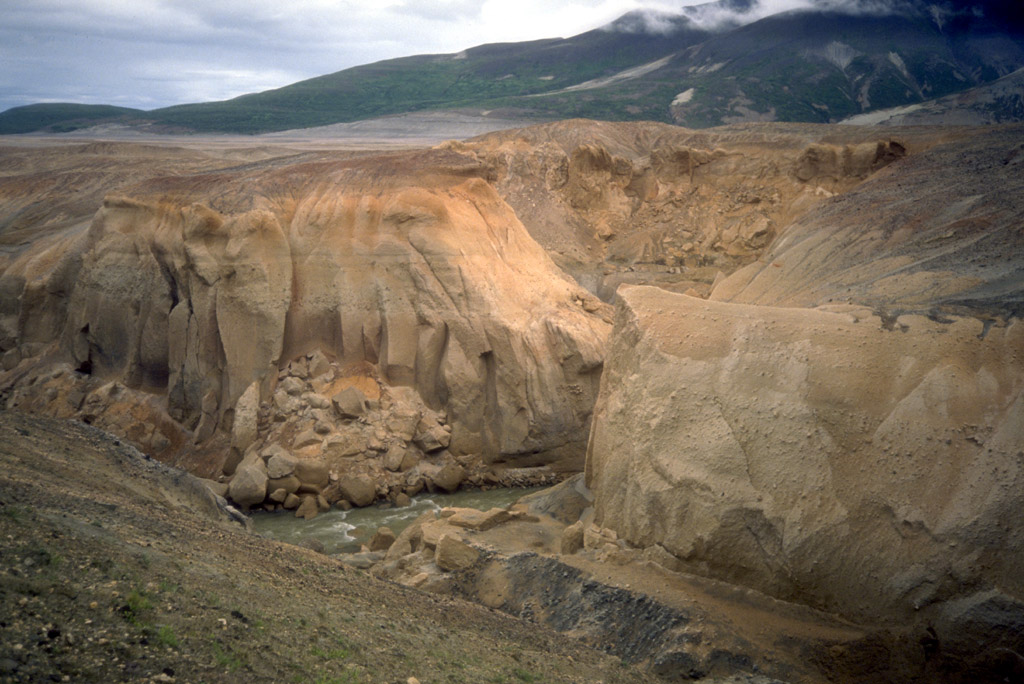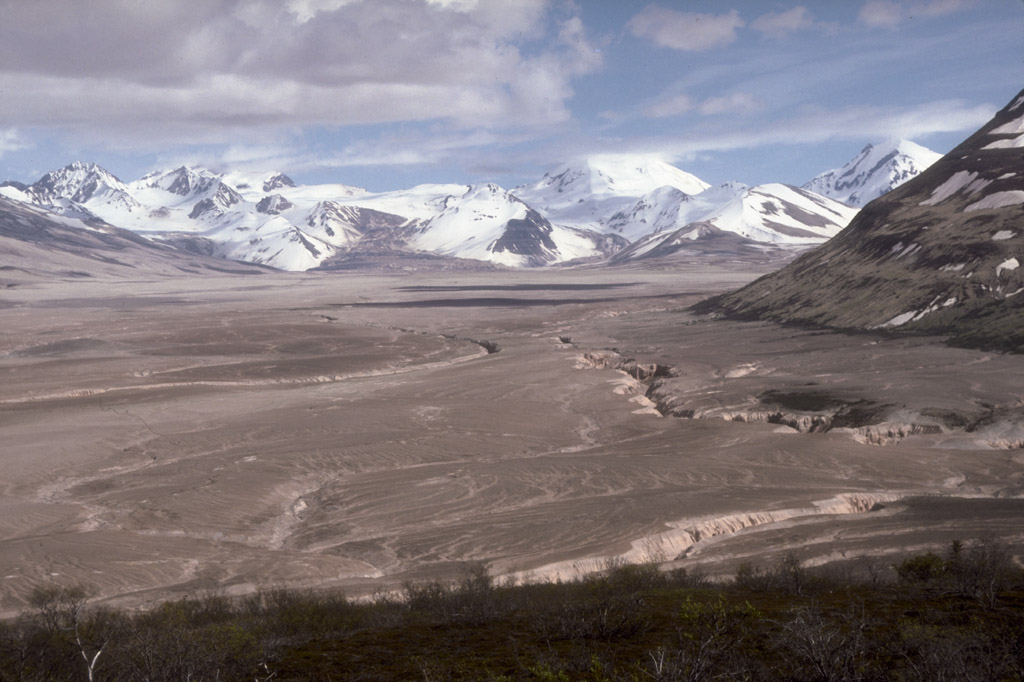
Picture 1 Showing the caldera lake of Katmai (National Oceanic and Atmospheric Administration)
Historic Activity: There is not a lot of information available on the history of Katmai, however one major eruption occurred in 1912 (Wallace et al, 2000) when an eruption spanning 60 hours on 6 June produced 30 cubic km of rhyolitic to andesitic rock fragments (Decker & Decker, 1991) making it the largest eruption to occur in the world during the twentieth century (Miller et al, 1998).
The eruption converted 9 cubic km of magma into 20 cubic km of ash which made up two thirds of the total volume while the final third was made up of thick pyroclastic flows (Decker & Decker, 1991). These pyroclastic and ash flows were rapidly emplaced into the surrounding valleys with deposits reaching a thickness of up to 200m. This area then became known as the Valley of Ten Thousand Smokes and can be seen in picture 3 below.

